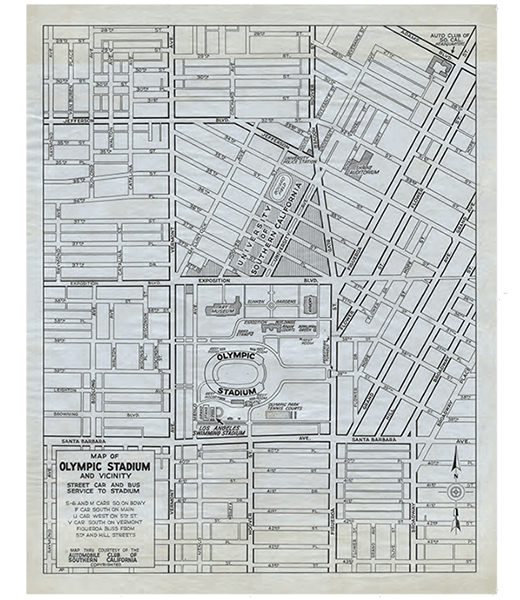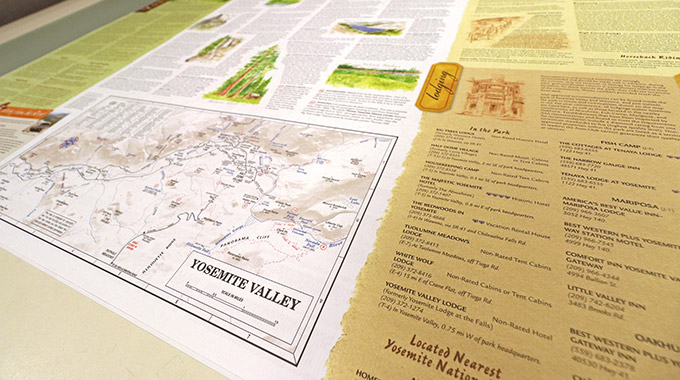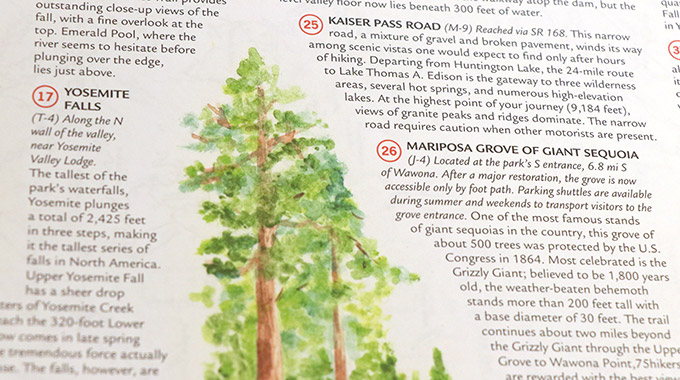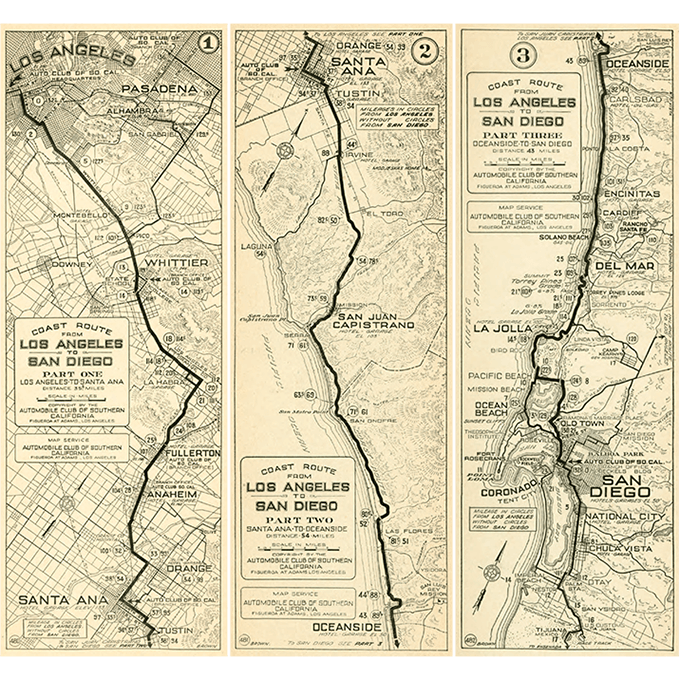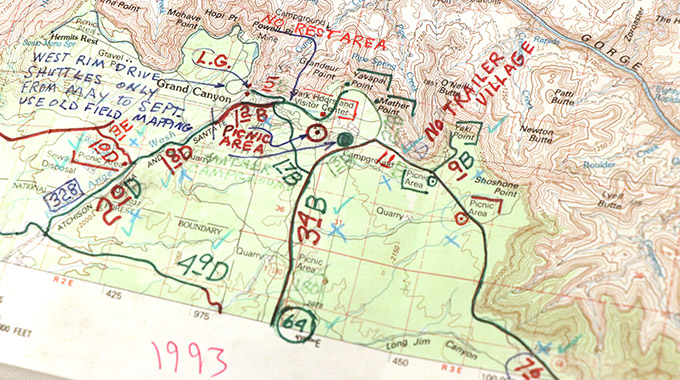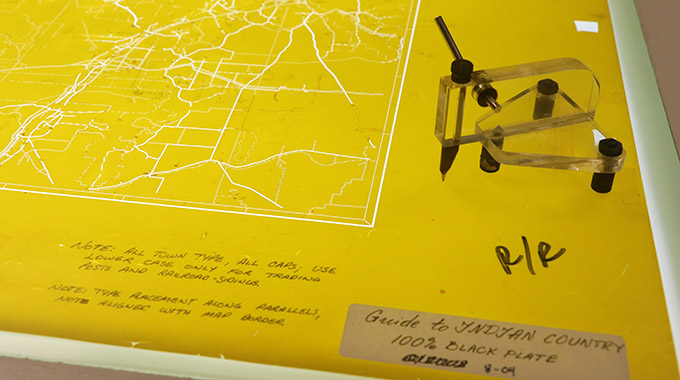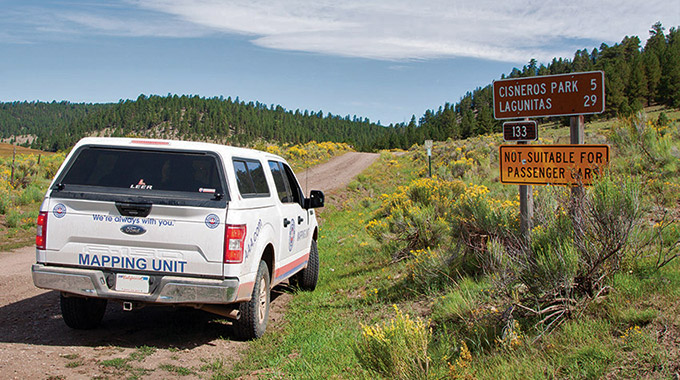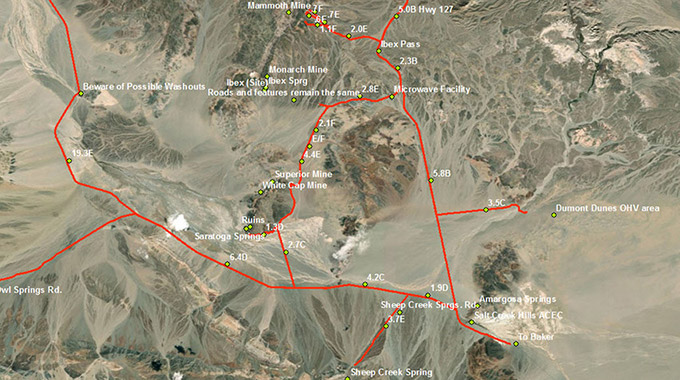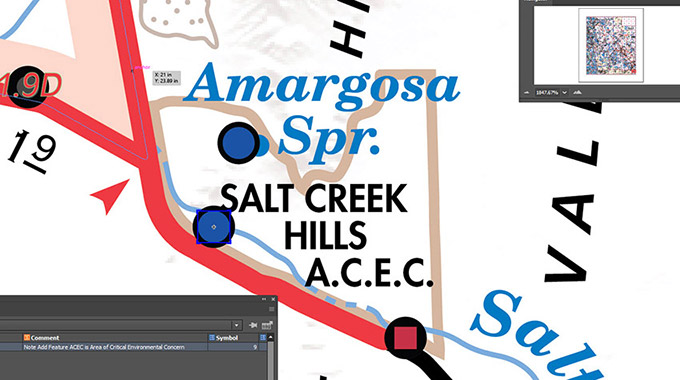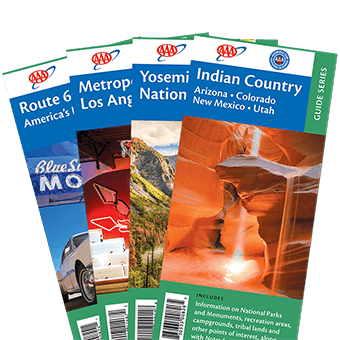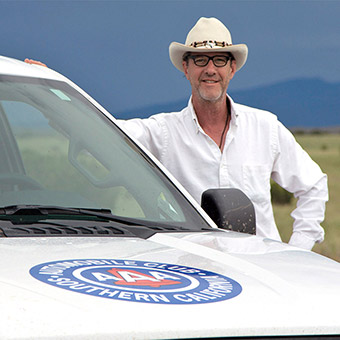What do AAA mapmakers do today, in a world where people can get GPS directions from smartphones?
Up-to-date AAA city maps were once great for figuring out how to get around town, and AAA's legendary paper TripTiks were indispensable tools for road trips. Now that mobile phones and mapping apps have taken over the rote work of turn-by-turn navigation, what do AAA cartographers do?
Turns out, quite a lot. That's why the Automobile Club of Southern California still has nine cartographers, including one who works in the field. For all the new tech that exists, printed AAA maps continue to answer essential questions about traveling: What should we see, and what's the best way to see it? AAA cartographers Alyson Stanton and Daniel Gonzalez explain how their work has changed with the times, and what printed maps offer in the digital age.


